The driver of a Tiger was provided with the standard driver's seat of late-war Panzers.
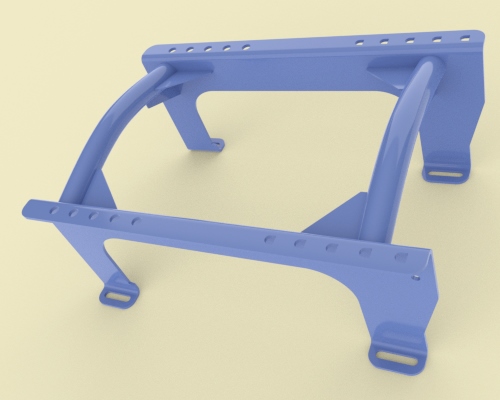
The seat was mounted on this welded metal stand. There was no provision for raising the seat, no adjustment except 120mm forward and back, and no shock protection.
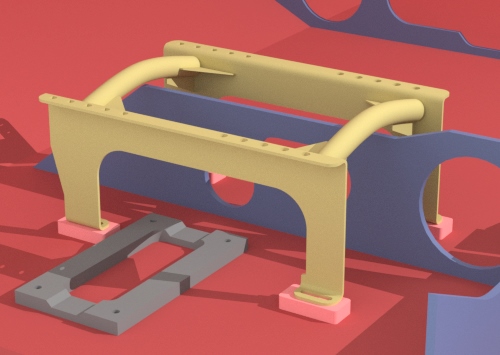
The stand was bolted to simple welded blocks on the hull floor (bolts are not shown here). The stand in the Tank Museum's vehicle, as captured, was raised about 40mm by spacers inserted under its legs.
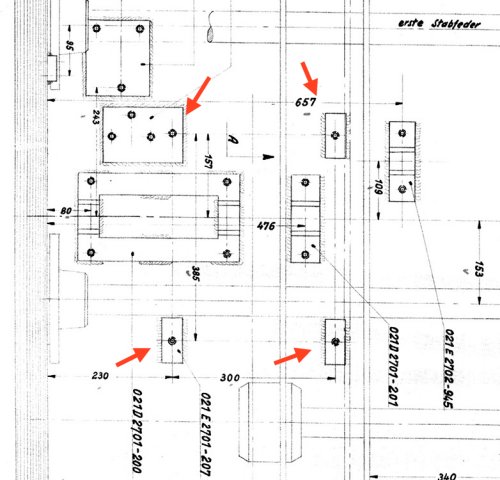
The seat was moved around a little as time passed. This German drawing [2] was made in 1944 but almost certainly the seat's location was copied from the original 1942 drawings. It puts the seat 520mm from the tank's center line. I have pointed out the four relevant bolt holes.
I believe that position was used in only a few Tigers, if any, because the surviving Tiger #250031 has the seat moved about 15mm to the right. Also, one of the fixing tabs is now bent in the opposite direction and the four fixing bolts no longer form a perfect rectangle. I believe that this change would have been reflected in the 1944 drawing if it were up to date.
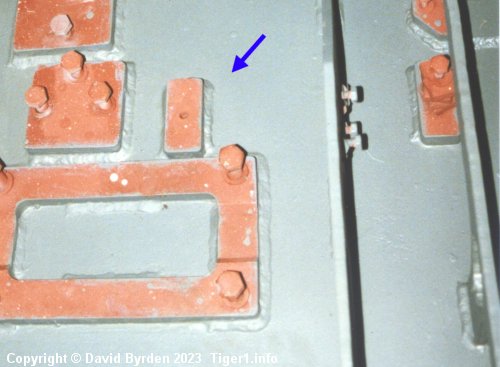
The surviving Tiger #250122 has another update; the stand, while still 505mm from the center line, is now moved about 22mm toward the rear of the tank. This is the stripped-down hull floor. I pointed out the front left mounting block, the one with the reversed tab. Compare to the German diagram.
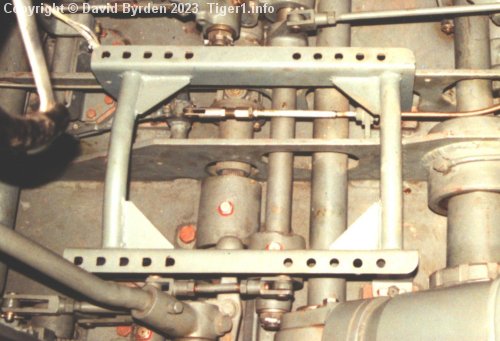
When you see how crowded the hull floor is, it's not hard to imagine why these small changes to the seat's position might have been worth while.
[1] Survey of Tiger 250122, at Bovington museum, by David Byrden